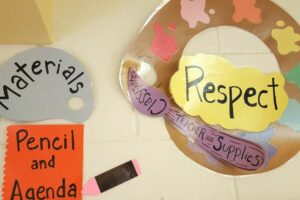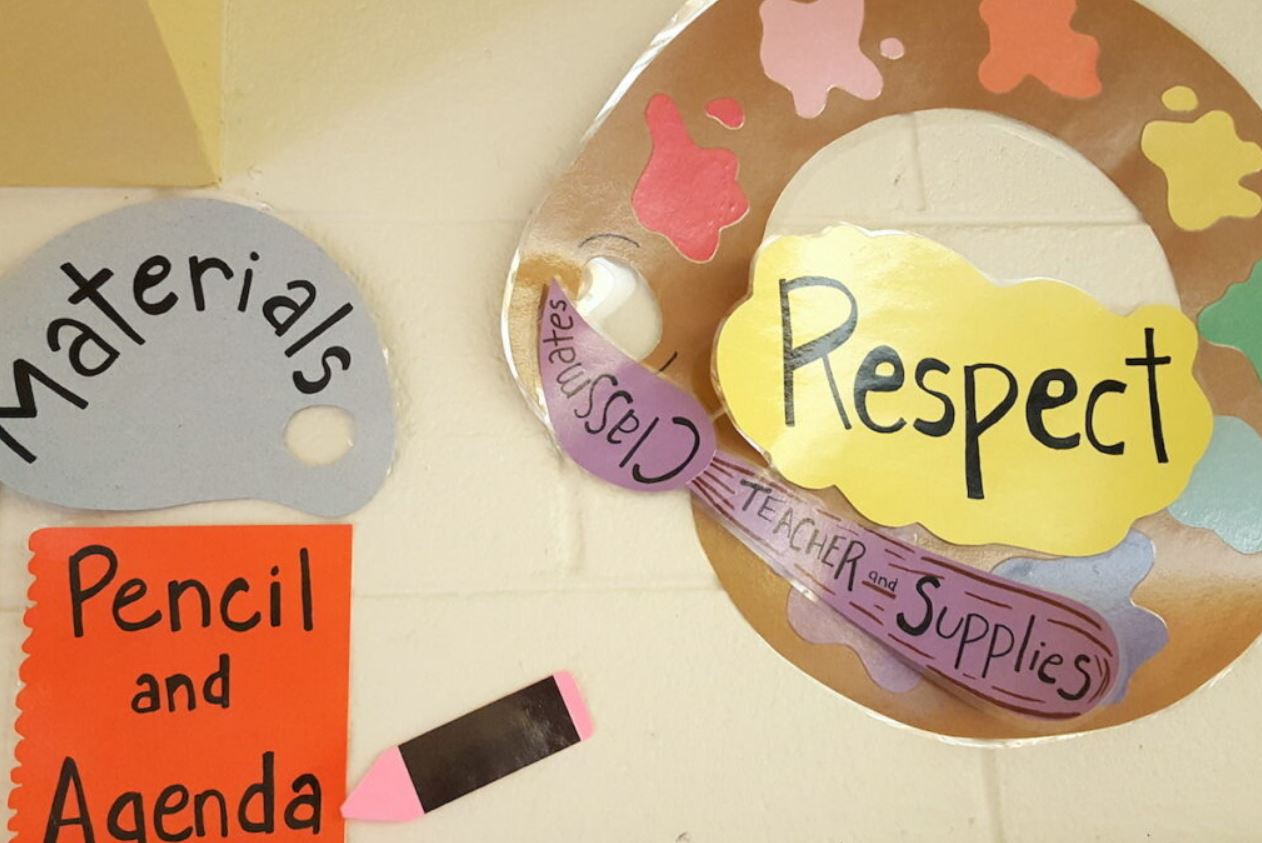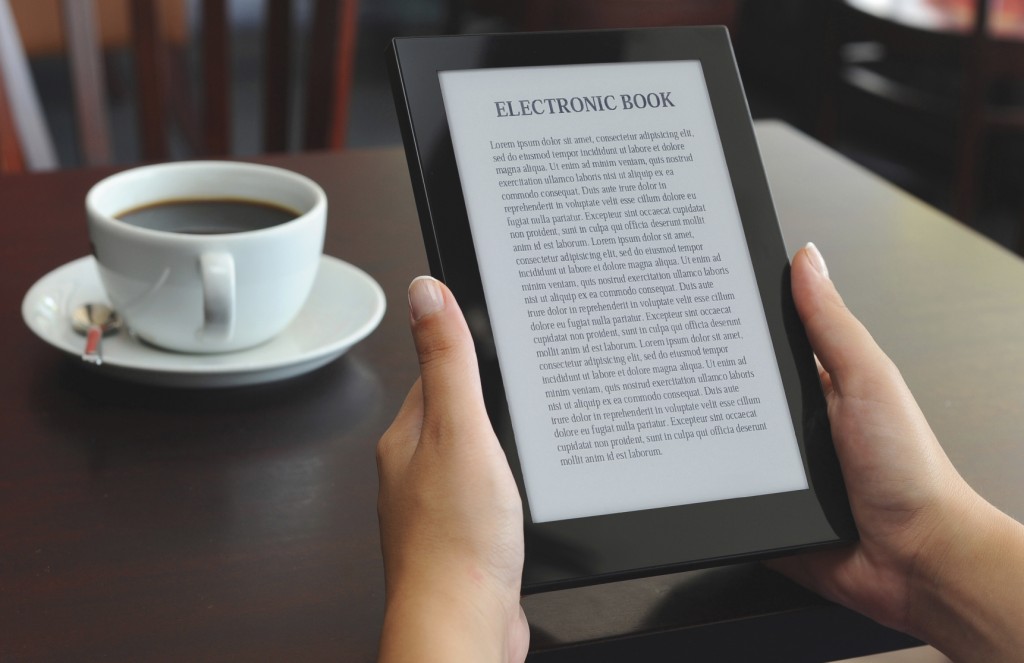Being a teacher is one of the most rewarding yet challenging professions out there. One of the biggest challenges teachers face is maintaining control and order in the classroom. Are you struggling to keep your students engaged and focused? Do you feel like your classroom management skills could use some improvement?

Classroom management plays a crucial role in creating a positive and conducive learning environment. It involves establishing routines, setting expectations, and implementing effective strategies to ensure that students are engaged and behavior is well-managed. Without proper classroom management, valuable teaching time can be wasted and students can become disengaged or disruptive.
To become an effective teacher, it is essential to master the art of classroom management. By implementing the right strategies and techniques, teachers can create an environment that promotes learning and facilitates student success. Whether you are a new teacher or a seasoned educator looking for fresh ideas, this article will provide you with valuable insights and strategies for mastering the art of classroom management for a successful and productive learning experience.
Establish Clear Expectations and Procedures
One of the most crucial steps in effective classroom management is establishing clear expectations and procedures. When students know what is expected of them, they are more likely to behave appropriately and stay focused on their work. Teachers should communicate these expectations at the beginning of the school year and consistently reinforce them throughout. This could include guidelines for behavior, participation, and completing assignments, as well as procedures for entering and exiting the classroom, using materials, and accessing resources.
Build Positive Relationships
Developing positive relationships with students is another essential aspect of successful classroom management. When teachers show genuine care and interest in their students, it creates a sense of belonging and trust, which can greatly impact their behavior and engagement in the classroom. Teachers should take the time to get to know their students on a personal level, listen to their concerns, and provide support when needed. By fostering a positive teacher-student relationship, teachers can create a nurturing environment where students feel valued and motivated to succeed.
Use Effective Communication
Effective communication plays a vital role in maintaining a well-managed classroom. Teachers should communicate clear and concise instructions, expectations, and feedback to their students. Communicating expectations clearly helps students understand what is required of them, reducing confusion and potential disruptions. Additionally, providing timely and constructive feedback helps students improve their performance and reinforces positive behaviors. Teachers should also encourage open communication, allowing students to express their thoughts, concerns, and questions freely.
Implement a Variety of Instructional Strategies
To keep students engaged and motivated, it is essential to implement a variety of instructional strategies. Every student has unique learning preferences and styles, so incorporating different approaches ensures that all students are actively participating in the learning process. Teachers can utilize techniques such as hands-on activities, group work, multimedia presentations, and technology integration to cater to diverse student needs. By providing a dynamic and interactive learning environment, teachers can prevent boredom and maintain a productive classroom atmosphere.
Manage Transitions and Routines
Smooth transitions and routines are instrumental in maintaining an organized classroom. Teachers should establish clear procedures for common transitions, such as entering and exiting the classroom, transitioning between activities, and managing materials. By clearly explaining and practicing these routines with students, teachers can minimize disruptions and maximize instructional time. Additionally, creating a visual schedule or using cues can help students anticipate and prepare for upcoming transitions.
Utilize Positive Reinforcement
Positive reinforcement is a powerful tool in classroom management. By recognizing and rewarding positive behaviors, teachers can encourage and reinforce desired actions from their students. This could include verbal praise, certificates, stickers, or other small rewards. Positive reinforcement not only motivates students to behave appropriately but also creates a positive classroom climate where students feel appreciated and valued.
Conclusion
Mastering the art of classroom management is crucial for creating a positive and productive learning environment. By establishing clear expectations and procedures, building positive relationships, using effective communication, implementing a variety of instructional strategies, managing transitions and routines, and utilizing positive reinforcement, teachers can successfully manage their classrooms and support their students’ academic and social-emotional growth. With these strategies for success in place, teachers can create an environment where all students can thrive and reach their full potential.



